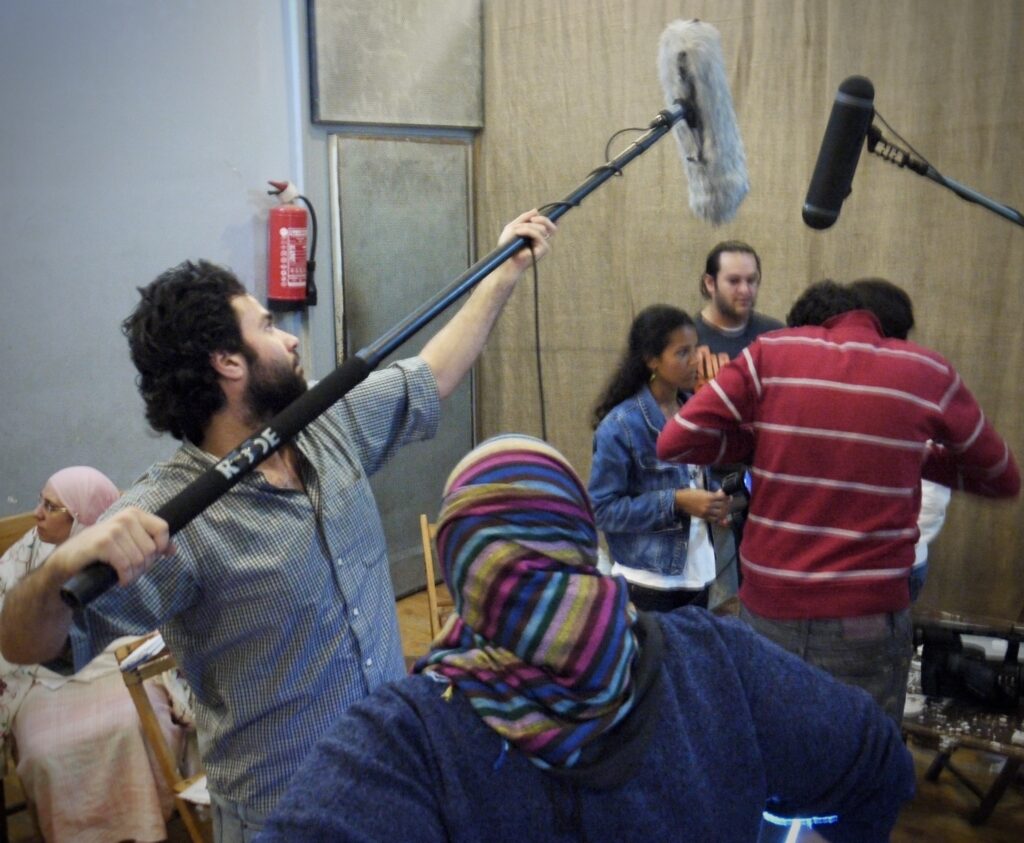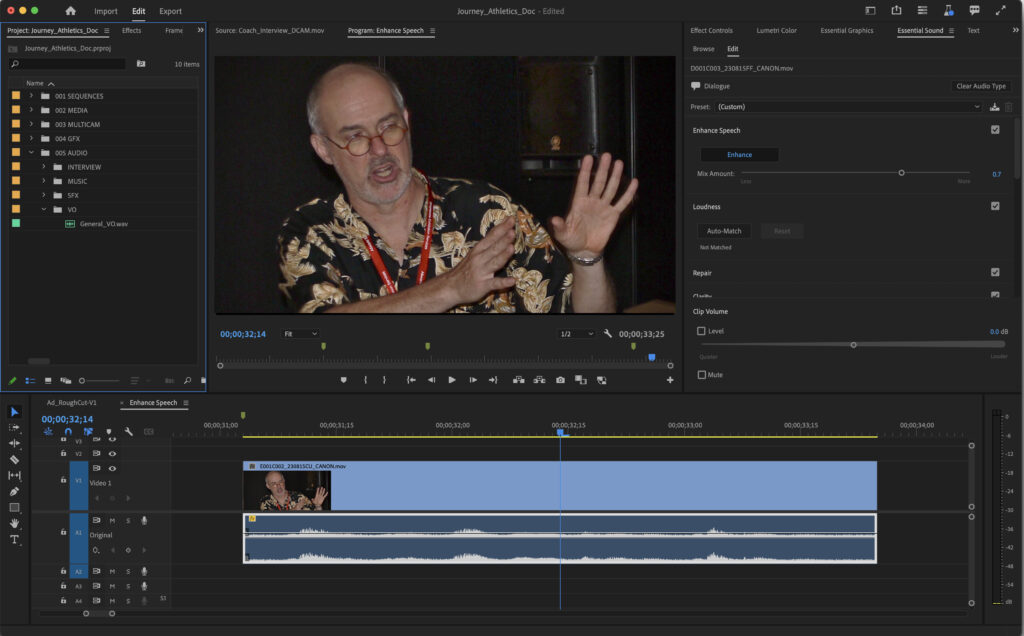 AI and the Creative Process
AI and the Creative Process

by Barry Braverman
For cinematographers, editors, screenwriters, and others involved in creating content, the question inevitably arises: What will become of creators as AI overspreads the broadcast and entertainment industries? What will be the reaction of the public when it finally happens, when computers’ works receive Academy Awards and land an all-AI-generated exhibition at MOMA?
Notwithstanding the current concern and alarm, the fact is that artificial intelligence will never fully emulate human creativity. Quite simply, the process of creating compelling music, fine art, or a TV show, is anathema to a generalized solution powered by a machine-learning algorithm. Indeed, some of us can recall, not so fondly, an AI application from decades that claimed to be able to generate at will a ‘hit’ pop tune. Making use of machine-learning and AI, the 1989 Master Tracks program did in fact generate the notes and simple chords of a potential pop hit, but when asked to ‘humanize’ the work in the final pass, the then-primitive AI process failed miserably. In the end, the program could only succeed in creating the work of a human making substandard music and performing it very badly. The result, in the end, was a facsimile of a creative work, and a vastly inferior one at that.
Today, of course, the sophistication of machine-learning and generative AI far exceeds the crude capabilities of 35-year-old software. But the lesson still resonates. The creative process is inherently undefinable and full of nuance. There is no logic to it. Ultimately, the wit and whimsy of the human artist cannot be fully emulated in a generalized software solution.
For cinematographers, editors, and content creators in general, the promise and benefits of artificial intelligence lies in the tools we use every day. Thanks to the recent advances in machine-learning, our latest-generation cameras feature auto-focus systems that can, among other things, distinguish between the sky and the side of a building, a lamppost from a human being, and the eyes from the nose of our star actress.
In the rapidly evolving realm of AI-powered software, Adobe, for one, is applying artificial intelligence in a big way, taking advantage of its Sensei-machine learning to facilitate and accomplish a wide range of tasks, from removing unwanted elements in frame to organizing one’s résumé. It’s worth repeating that such tools as remarkable as they are, do not replace the human element. Rather, one can think of AI-enabled software as only a starting point for one’s creativity. Like the default drop-shadow setting in Photoshop, the viewer can feel, if not readily identify, the clinical hand of rudimentary machine input. It is up to the user, the artist, to add the human quality that no software or machine-learning algorithm can approach.

The integrated Enhance Speech feature inside Adobe Premiere Pro can help transform substandard audio into something akin to a proper studio recording. Content creators can dramatically improve the quality of problematic audio recordings, including audio that was previously thought lost and unusable.